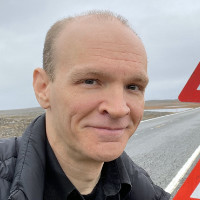Click to watch or watch on YouTube
(the article below accompanies this video)
Today was a fun final day in the Åland Islands; Masayo and I had all day to kill before our 1:00 am ferry to Estonia. But I made terrible insulin choices all day (I didn’t really take any) and paid the price in high BG. Absolutely foolish… but it was still a really cool day in a chilly, quiet Åland autumn.
There were a few things to see in Mariehamn, now that it’s Monday and more stuff should be open unlike yesterday. And there is the Russian fortress of Bomarsund in a community called Sund as well.
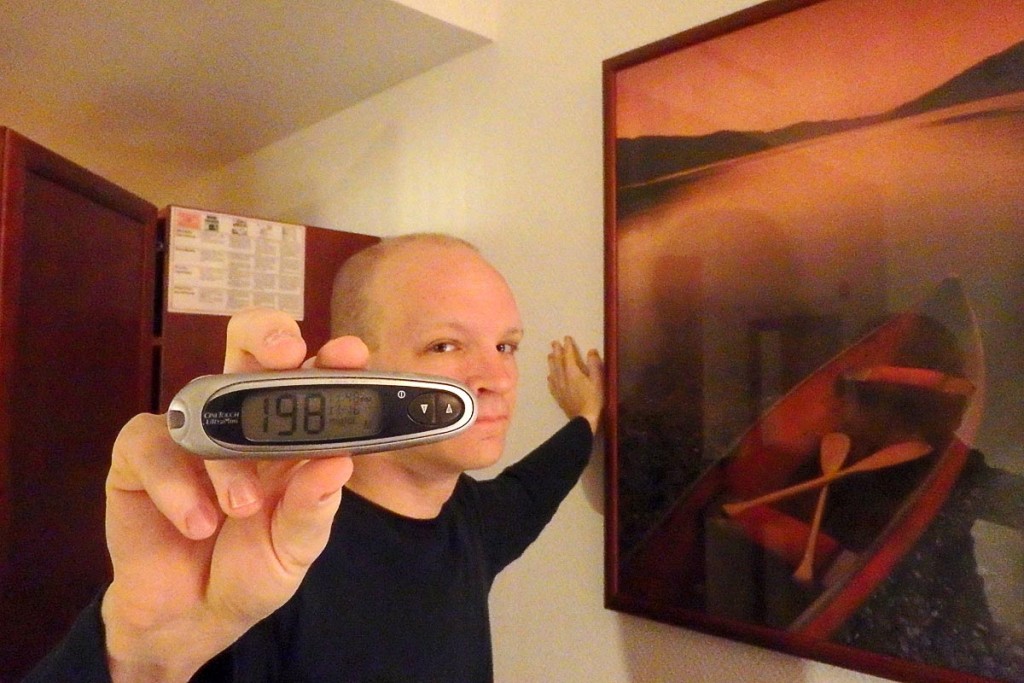
In 1854, British and French forces bombarded the half-built fortress. After victory they destroyed it, leaving ruins today that can be visited via a bus ride from the town of Mariehamn.
It sounded like a good excursion to us. And we had all day to kill anyway.
After waking with a high blood sugar — 198 after my unnecessary Calorie Mate last night — we checked out of Hotell Cikada and walked down the hill towards the water to our first mission: Pommern, the great four-masted ship that floats just outside the Cikada and is now a museum.
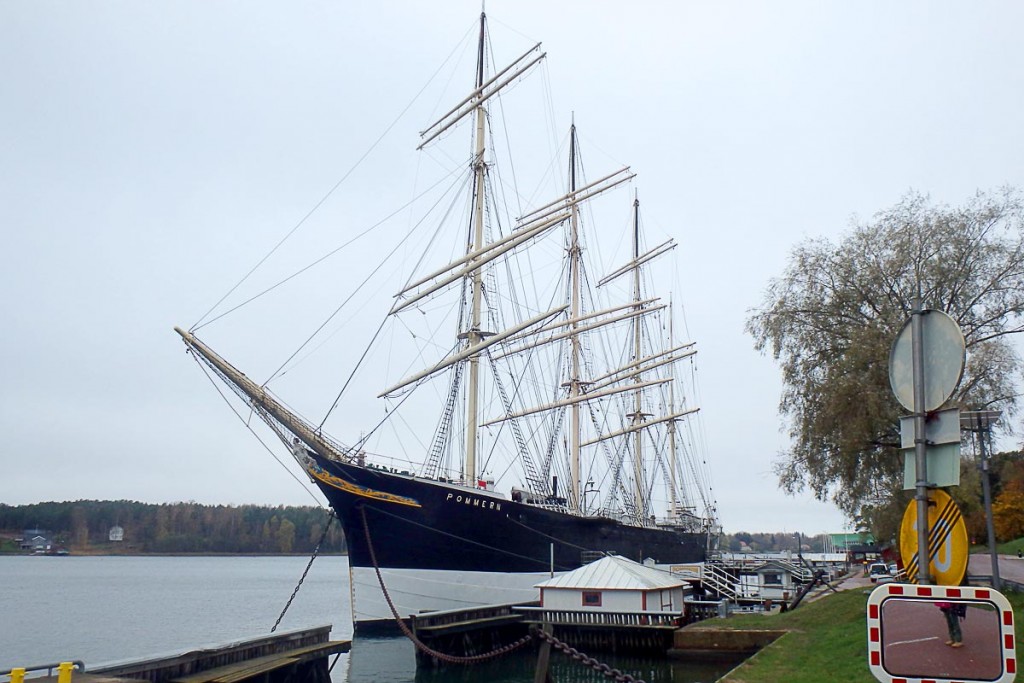
The mighty Pommern, a museum closed for the season.
The Åland Maritime Museum
But the Pommern turned out to be closed for the season, so we paid €10 each to see the Åland Sjöfarts Museum (Maritime Museum) in the adjacent building instead. Walking inside, you are transported to the classic age of Scandinavian seafaring: giant wooden figureheads taken from the great ships of the past tower overhead, and the displays are filled with antique sextants, binoculars, captain’s wheels, and grainy black and white photos.
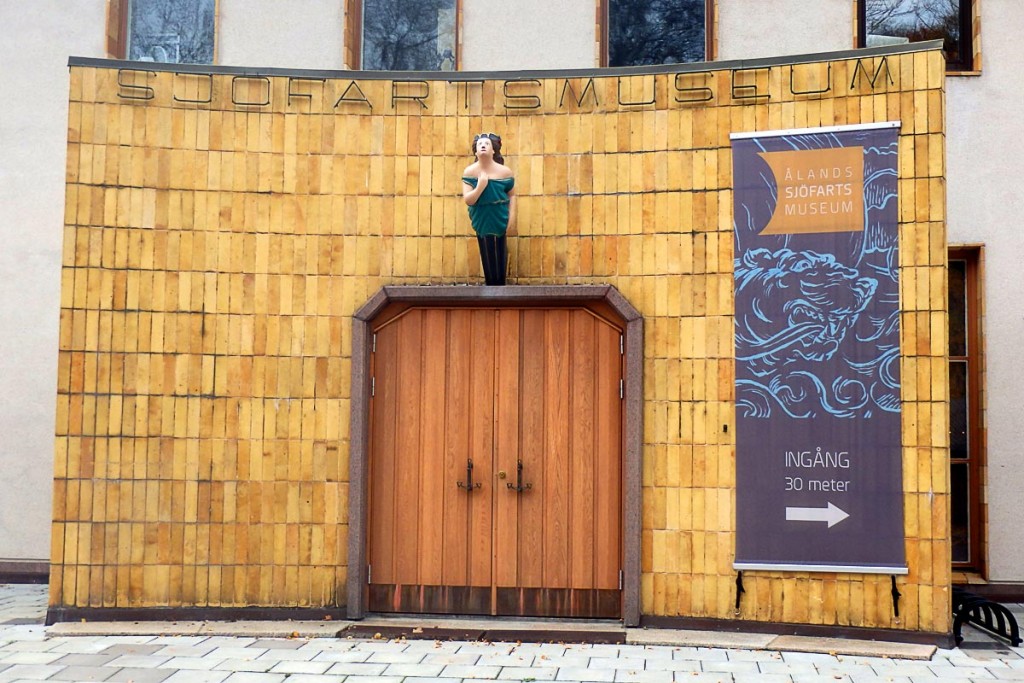
There are rooms you can enter — sailor’s barracks and kitchens, officers’ staterooms, and even a replica of a big ship you can climb around inside of. (That last one was actually for kids, but there weren’t any other people around so Masayo and I crawled around it ourselves, taking goofy photos and laughing like little lunatics.)
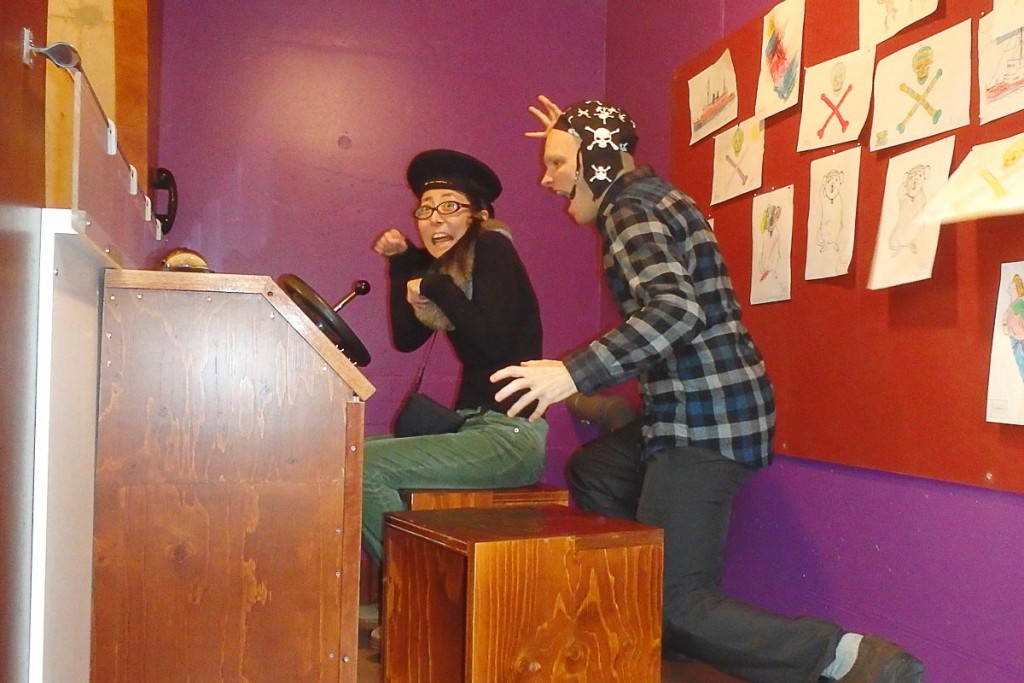
I was constantly reminded of my Grandpa, and the place felt like a museum in his honor. I thought about family trips on his sailboat back in the 1980s, and his knowledge of sailor’s knots and navigation and all those marine skills that I found fascinating.
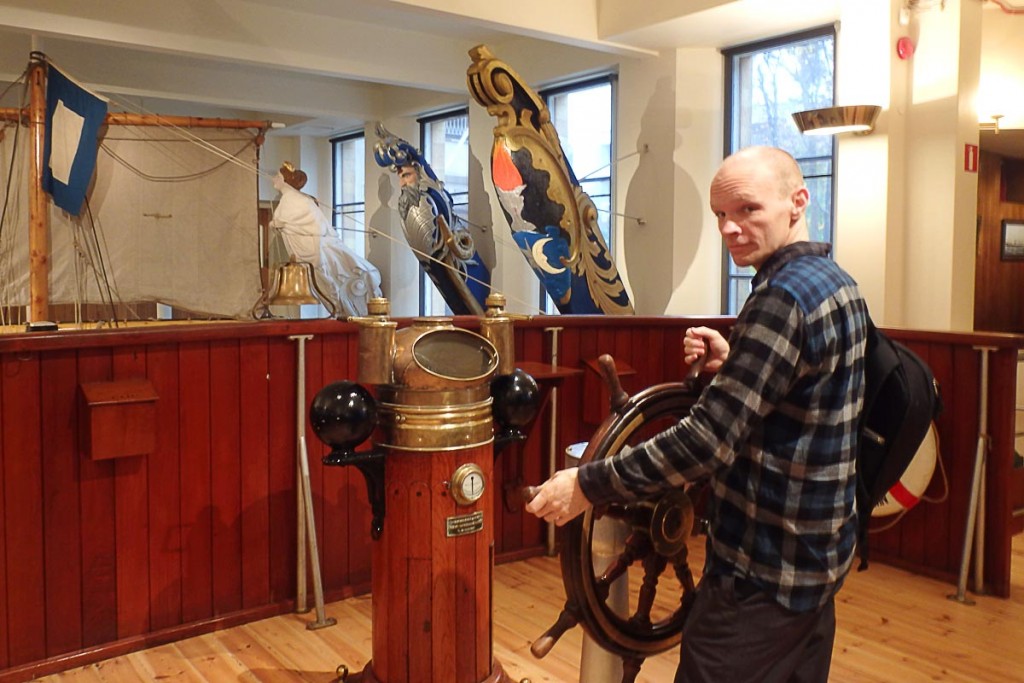
Masayo and I put our bags into the lockers at the ferry terminal and got lunch at Cafe Julius. I had a salad and took no insulin for it. A good idea? As I’d find out eventually no, this is not a good idea.
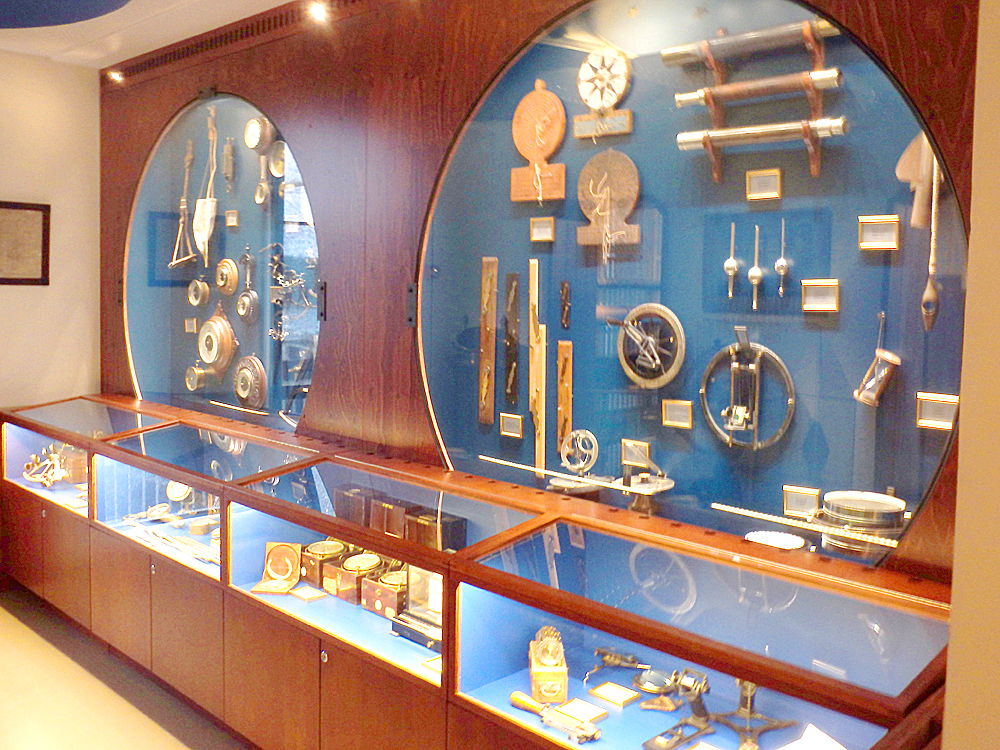
Huvudfästet at Bomarsund
We found a bus that led out of town and up to the area called Sund. Finding our stop was tricky — there were no announcements, so we kept watching for stop #416, where the driver had advised us the ruins were. Locals were pressing the stop button and getting on and off along the route, but we were totally lost.
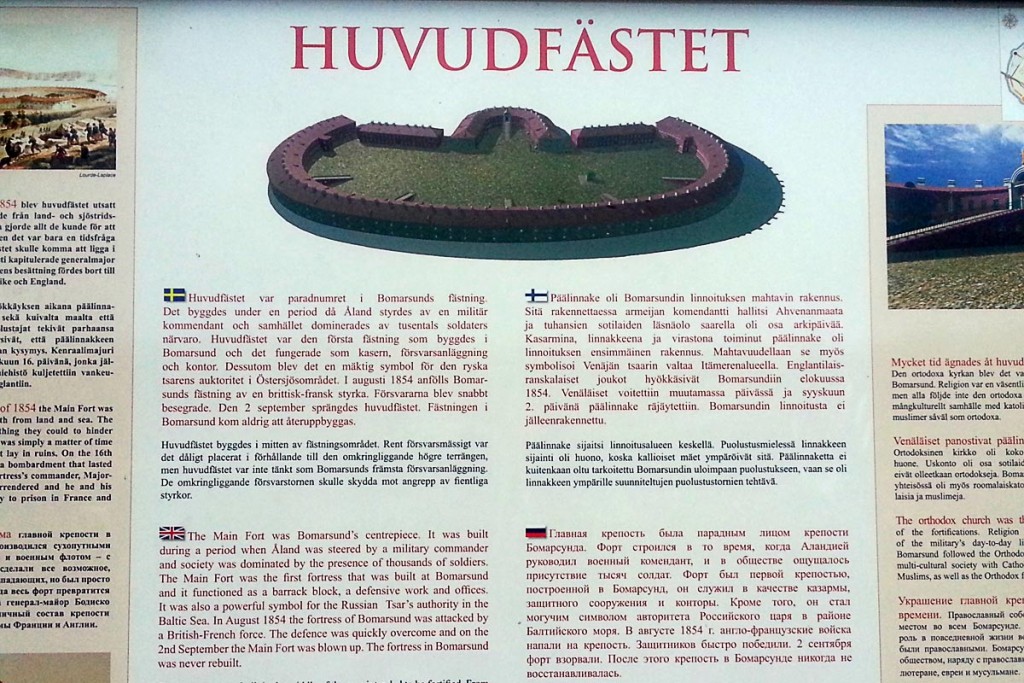
Nice countryside though, with the overcast skies drawing the eye to the verdant fields and cozy-looking communities that sat welcomingly at the base of low-lying hills. I was glad to be here.
We passed stops called #416-1 and #416-2, and finally got off at #417 because it was in the middle of the ruins, which lie on either side of the road. Finally, Bomarsund!
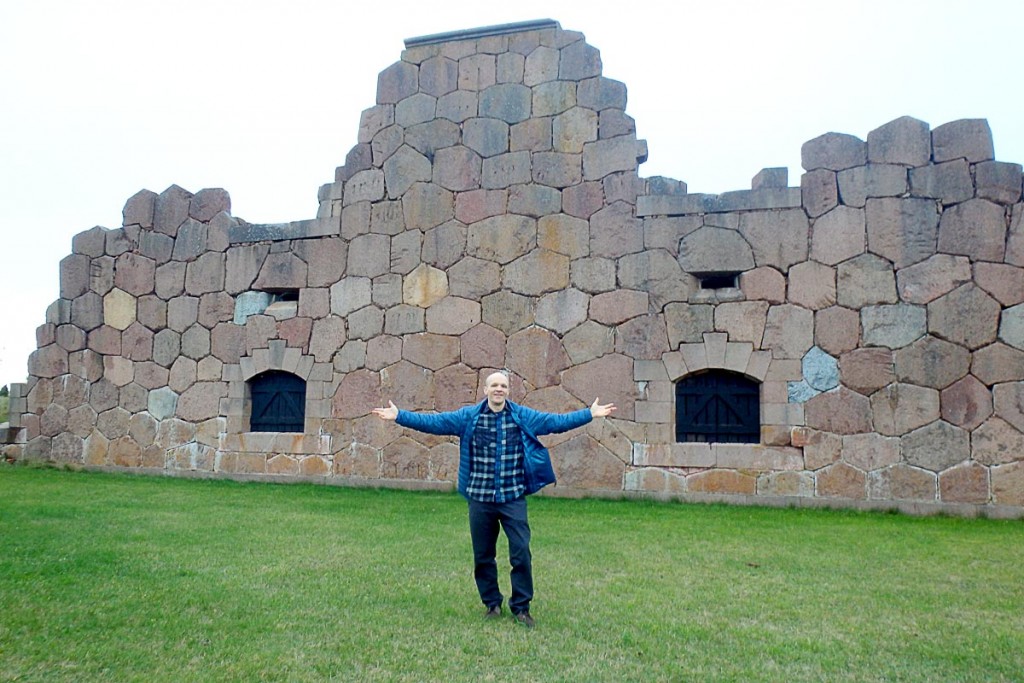
The Russian fortress is actually called Huvudfästet, and consists of some partially-standing walls made of large interlocking light brown stones. You can climb to the top of some and peer through the windows at the sea, and the bridge that leads to Prästö Island. Nobody else was there, and cars passed by on the little two-lane road very seldom. We were truly in the middle of nowhere. And it was cold!
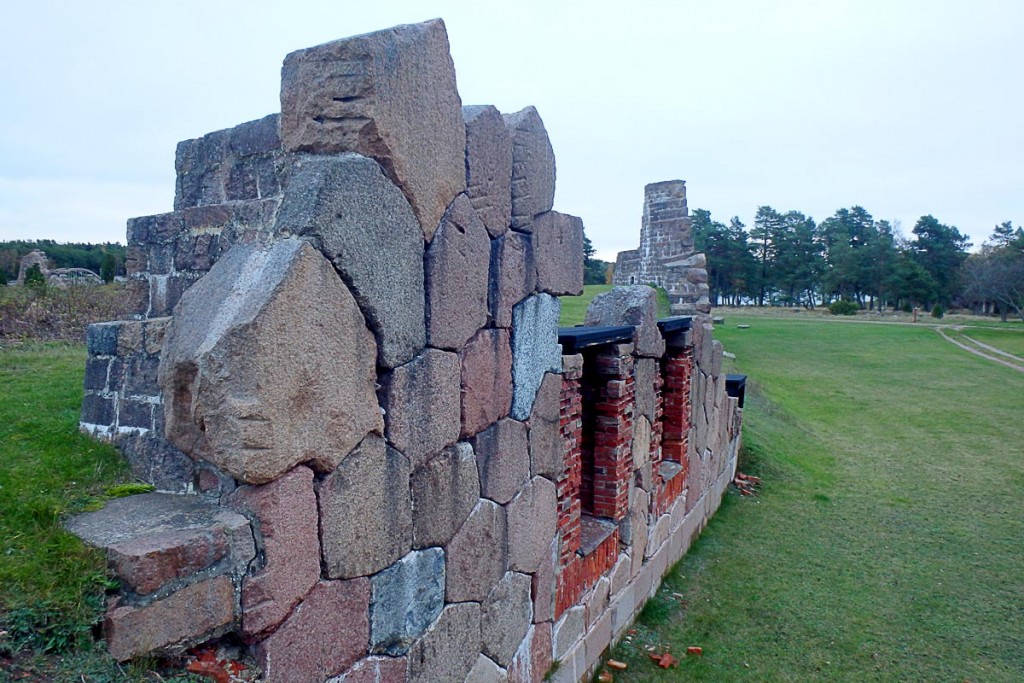
My BG, which had been 221 before lunch, was now 222. I took no corrective insulin — we planned on some walking for 90 minutes until our bus came. I believed that the exercise of walking would bring it all down to where I wanted it, and that any insulin would only make me low.
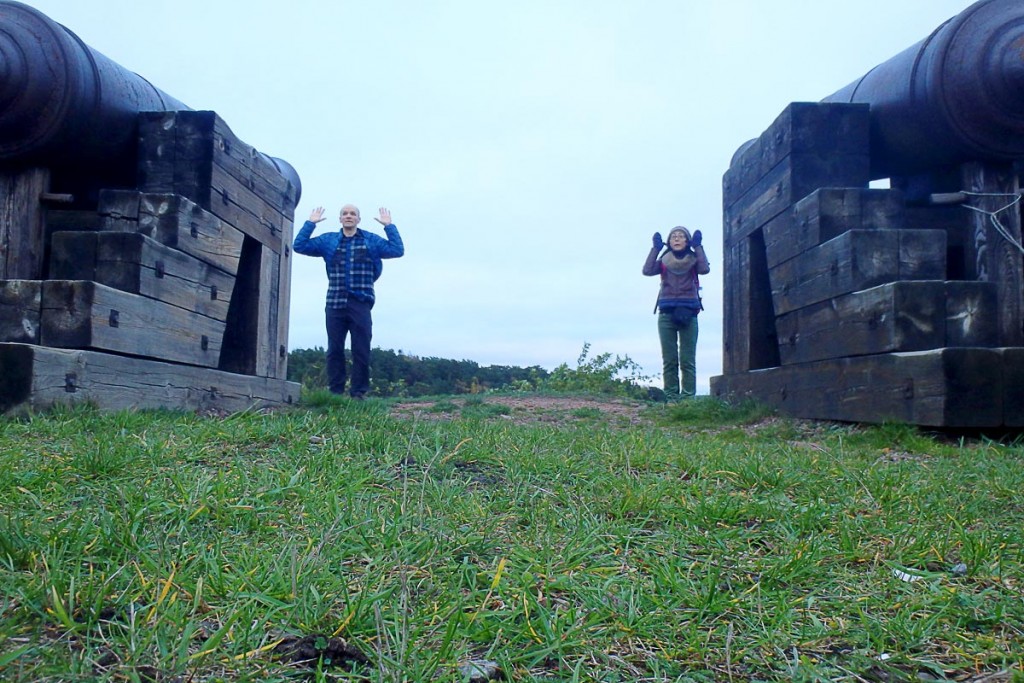
After a stroll around a path through forested Prästö Island, where there are several cemeteries for different religious groups, we went back to catch our bus — the last bus of the day back to Mariehamn. If we missed it we’d be stuck out here all night in the very windy cold, our bags in the warm ferry terminal locker, and with absolutely no facilities anywhere near us. If Masayo survived until the morning, she’d kill me. (Secretly, I had faith that someone would come along and take pity on us as locals often do.)
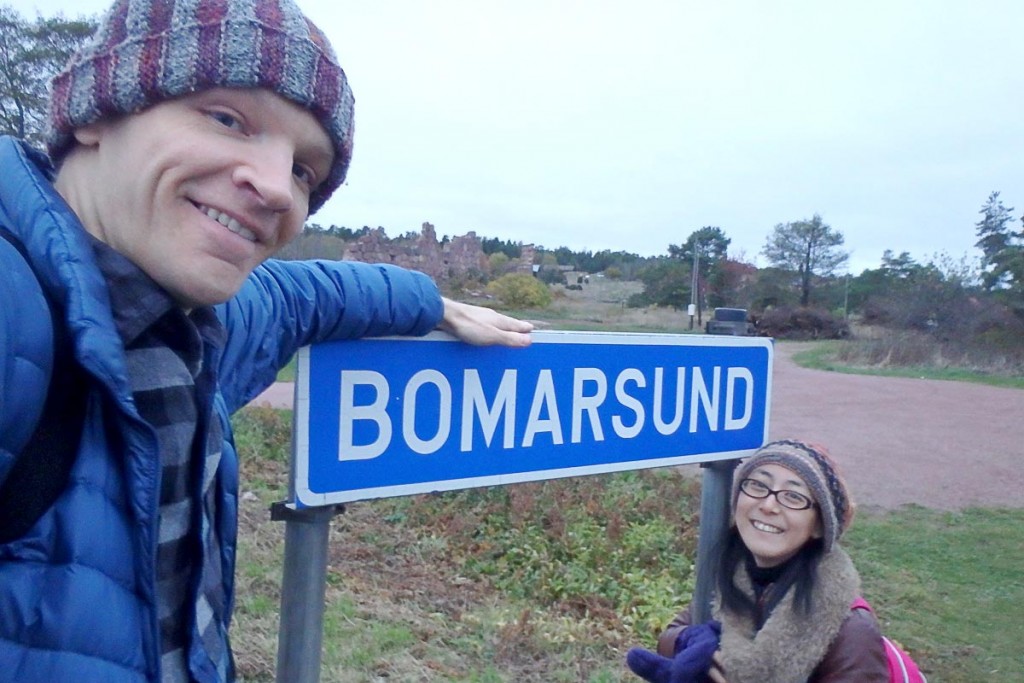
We waited. And waited. The bus didn’t come. Our hearts sunk.
Had we misunderstood the schedule? The posted information gave both a regular and a winter schedule. (The winter schedule, incidentally, was a full nine months of the year. Which gives you a sense of the seasons here.)
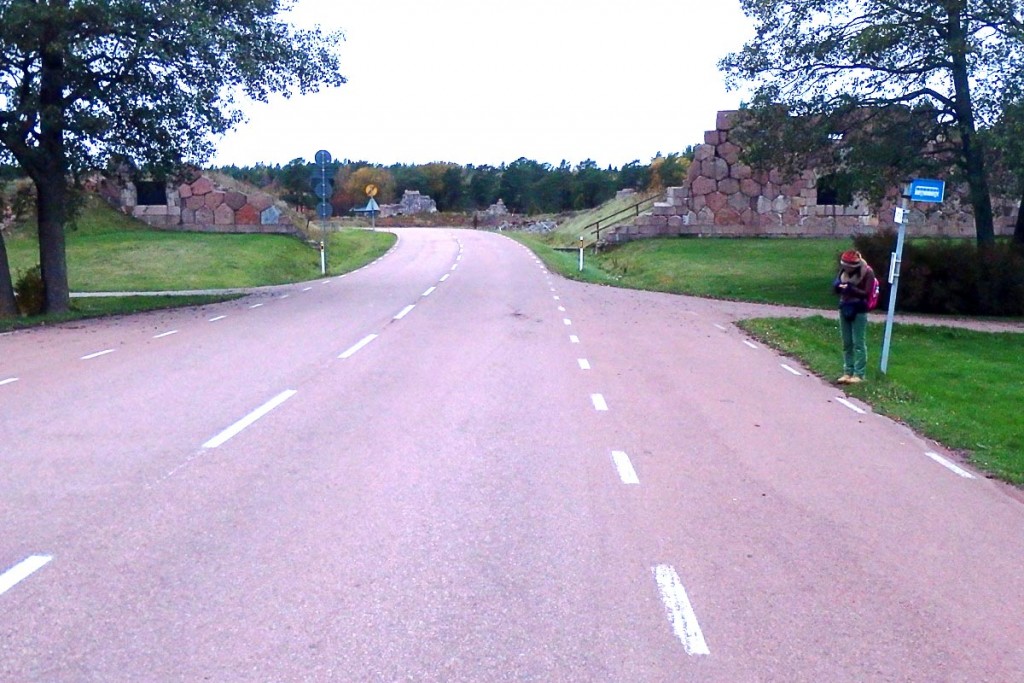
“I think there’s a bus back to town tonight…”
Back in Mariehamn to catch the Estonian ferry
Finally, though, the merciful bus ambled up and we rode back to town, finding dinner at Draken Kebab; mine was a huge pile of thin meat in a delicious sauce. I didn’t check my BG and didn’t take any insulin – I’d been walking and climbing around all afternoon, after all. It was now about 8 pm and my last insulin shot had been at breakfast.
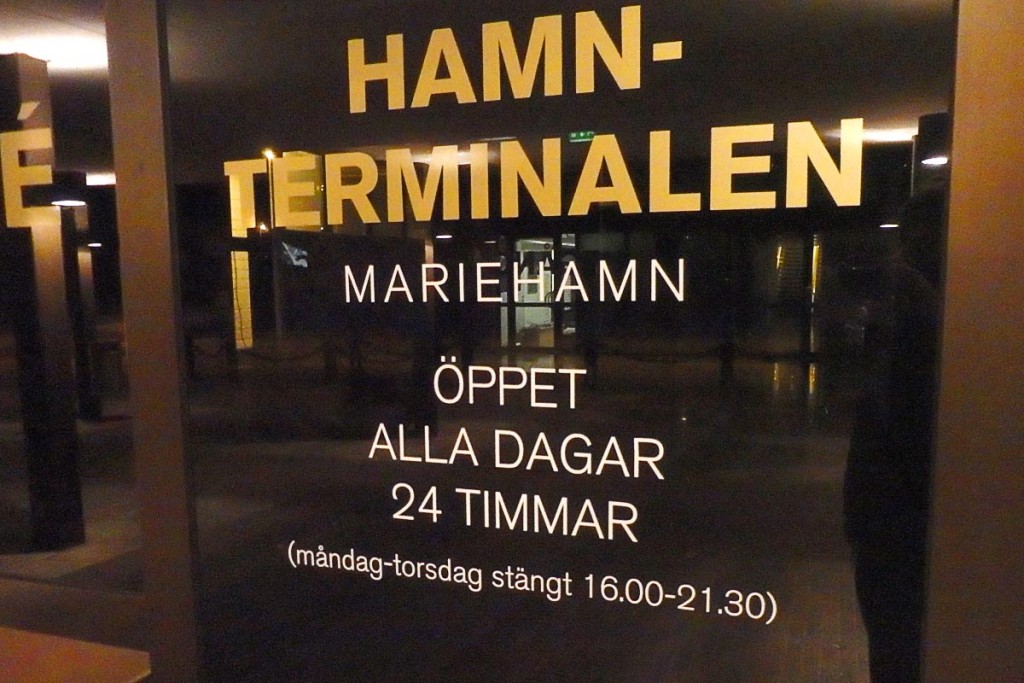
The ferry terminal was closed — a sign in Swedish seemed to indicate it was open 24 hours a day except for the day we were there — so we had to kill another hour, walking around the dead town where it was very cold and nothing at all was open.
We strolled around the neighborhoods, cold and weary. It seemed to take forever. What a feeling — being on a small, quiet island in the Gulf of Bothnia in winter, with nowhere to go and nowhere open anyway. What a change from being at “home” and being in my comfy little rut!
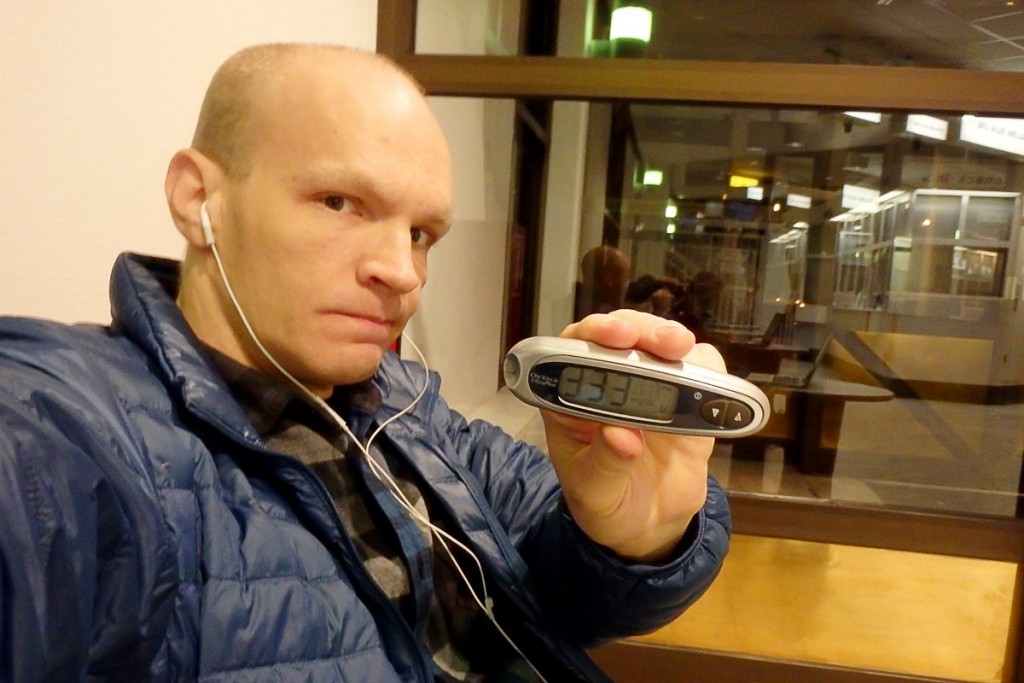
In the warm terminal I used the free wifi to stream a (shameful) Falcons game on NFL Game Pass, and finally checked my BG: 333. My “day with no insulin” plan hadn’t worked out very well. And what did I expect?
I took some Humalog but felt groggy. And I kicked myself for this blatantly poor diabetes management.
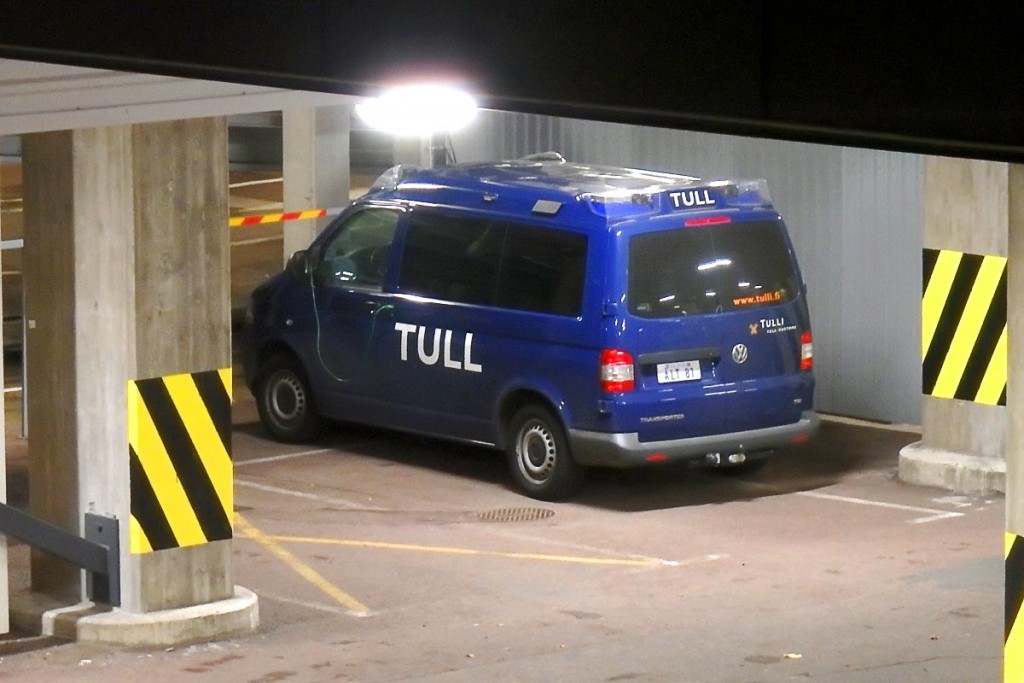
Jethro Tull have their own van at the Mariehamn ferry terminal.
The ferry arrived at 12:50 am and Masayo and I got on and found our assigned rooms, each a unisex 4-person bunk compartment. An older Finnish gentleman in my room chatted in English with me about places I might visit in Estonia, pointing at a well-worn pocket-sized map he’d whipped out. He knew a lot about Estonia and had compelling reasons why I should visit this town and that city.
He went on that he had visited San Francisco in college (1960s or 1970s, I guessed) and had particularly loved the lines painted on the streets and turn lanes — very easy for anyone, English-speaking or not, to understand.
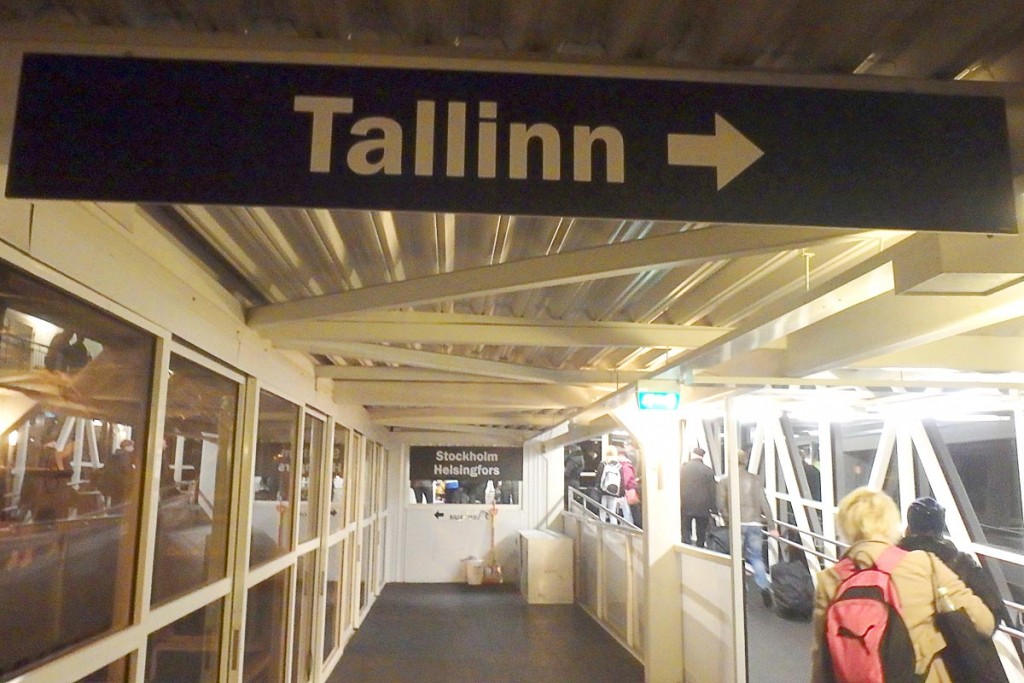
What a busy day — we’d seen a lot of Åland, and now were on an overnight ferry in a warm room, cutting through the icy Baltic Sea towards the mysterious new country that was originally planned as the trip’s starting point: Tallinn, Estonia!
Thanks for reading. Suggested:
- Share:
- Watch: Video on YouTube
- Read next: Day 6: Chilly day in Old Town in Tallinn, Estonia
- News: Newsletter (posted for free on Patreon every week)
- Support: Patreon (watch extended, ad-free videos and get other perks)

Support independent travel content
You can support my work via Patreon. Get early links to new videos, shout-outs in my videos, and other perks for as little as $1/month.
Your support helps me make more videos and bring you travels from interesting and lesser-known places. Join us! See details, perks, and support tiers at patreon.com/t1dwanderer. Thanks!
